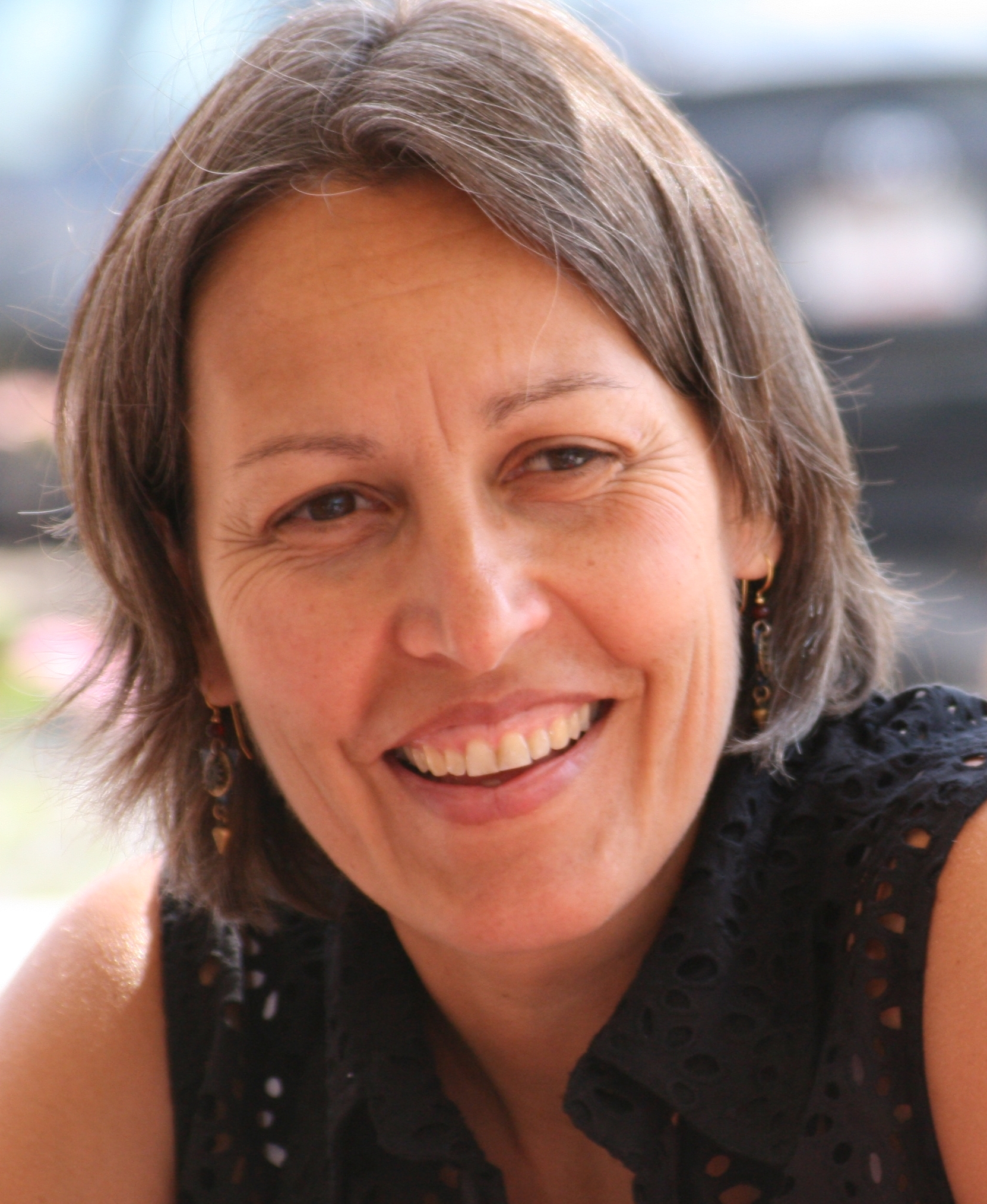Overview
Dr. Homan has been teaching at MUIH since 2002. She has been practicing Acupuncture since 1998 and East Asian Bodywork since 1993.
Professional Narrative
Dr. Homan is passionate about East Asian medicine which is rooted in the body’s natural mechanisms for health and healing. She divides her time equally between her clinical practice and her academic work. In both settings, she emphasizes the role of awareness in the healing process which unites the body, mind, and emotions as they inform the deeper self. Invoking the subtle experience of qi is a teaching method that she has cultivated and frequently employs.
Dr. Homan’s science and math background naturally supports her academic focus which is clinical reasoning and foundational theory. She has been an active member of the faculty senate, faculty welfare committee, and the Acupuncture and Herbal Medicine curriculum committee since becoming a member of the ranked faculty in 2012. She has received several student-selected teaching awards in recognition of her contribution toward their excellence as practitioners.
Selected Publications & Presentations
Homan, Celeste (2018). Beyond Pattern Recognition: Diagnosis and Gut Feelings. Acupuncture Today, 19(3). Retrieved from http://www.acupuncturetoday.com/mpacms/at/article.php?id=33449 (Links to an external site.)Links to an external site.
Homan C. (2016). Understanding channel theory through the clinical application of Leamington acupuncture. Meridians: JAOM. 3(4), 5-9, 40.
Homan C. (2016). Acupuncture divergent channel treatment as an alternative therapy for cystic acne: a case report. Meridians: JAOM. 3(4), 31-37.
Homan, C. (2011). The use of Zero Balancing within the context of acupuncture. The American Acupuncturist, 57, 11-14.
Courses
AOM 612a Foundations of Oriental Medicine II
AOM 615b Treatment Planning and Design
AOM 717b Advance Treatment Planning
AOM 758 Clinical Observation and Case Presentation
AOM 655 Clinical Theater
AOM 790 Supervised Clinical Practice
Personal Narrative
I graduated from college soon after the Three Mile Island nuclear power plant accident. This led to a decade of work building simulators and a Master of Science in engineering. During this time in my personal life, I was becoming aware of the inherent problems of our healthcare system. Chronic conditions were not well addressed, and preventive medicine was in its infancy. As I learned about acupuncture and East Asian medicine, I saw an opportunity to help solve some of these problems while also pursuing a career that I found fascinating. Working out of my home and setting my own hours also brought ease to my family life.
The cultural revolution in China diminished the transmission of its traditional medicine to the West. I am grateful for the dedicated teachers I found who understood the spiritual roots of our medicine, including Professor J. R. Worsley, Dr. Fritz Smith, Dr. Aminah Raheem, Niki Bilton, Lonny Jarrett, and Master Jeffrey Yuen. They were pioneers in the field. I like to think that a part of them walks into every classroom with me.
Take the understanding of the East
and the knowledge of the West
and then seek. -- G. I. Gurdjieff
DISCLAIMER: The content of this faculty profile page was created, authored, and published by the identified faculty member. Maryland University of Integrative Health (MUIH) makes absolutely no guarantee as to the currency, accuracy, or quality of information published. The views and opinions expressed on this page or any links made available are strictly those of the author and do not necessarily state or reflect those of MUIH. The content of this profile page has not been reviewed or approved by Maryland University of Integrative Health.
